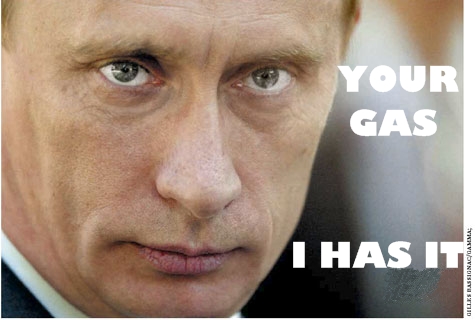
With most talking heads discussing executive pay limits and pork barrel spending in the latest and biggest Stimulus plan, no one’s paying attention to the changes planned for America’s stagant energy policy.
Theoretically, President Obama and Vice President Biden want to save the environment, remove dependance on foreign oil and create jobs. To do this, they’ve set out five major goals:
- Help create five million new jobs by strategically investing $150 billion over the next ten years to catalyze private efforts to build a clean energy future.
- Within 10 years save more oil than we currently import from the Middle East and Venezuela combined.
- Put 1 million Plug-In Hybrid cars — cars that can get up to 150 miles per gallon — on the road by 2015, cars that we will work to make sure are built here in America.
- Ensure 10 percent of our electricity comes from renewable sources by 2012, and 25 percent by 2025.
- Implement an economy-wide cap-and-trade program to reduce greenhouse gas emissions 80 percent by 2050.
Source: The White House Energy Agenda
Let’s break this down point by point.
1. ‘Strategic investment’ otherwise called infrastructure development. Basically, there’s a difference between fixing bridges and creating industries. The former creates short term jobs, the latter provides long term job opportunities. Of course, the latter is much harder to implement. After the recession of the 1930’s, FDR’s New Deal worked because it created opportunities: The Securities Act of 1933 created the SEC, thus opening the door for new investment and finance operations. The Agricultural Adjustment Act of the same year raised prices for farm products, supporting and encouraging the national farming industry. Today, such programs would be shot down as big government meddling, and the alternatives, such as giving tax breaks to companies developing energy products or buying products for use by the government, are far less likely to produce long term results. Five million new jobs may not mean much when these jobs are unsustainable.
2. This point is tantamount to completely stopping imports of oil from the Middle East or Venezuela. Within in ten years? Impossible, but also pointless. Why don’t we stop importing North Sea oil, Scotland is just as likely as Saudi Arabia to become a rogue nation security threat (read: not very likely). As OPEC’s failure to stop falling wholesale prices demonstrates, oil is a truly global commodity no longer at the whim of certain Middle Eastern nations. Instead, the international movement of products is natural and beneficial, it improves diplomatic ties, creates importing jobs and provides a wider variety of product. We should all use less oil, sure, but picking on these two countries seems an odd way to phrase that.
3. Two concerns: 150mpg?! and, made in the USA?! Hybrids are nowhere near the 150mpg mark, Toyota’s hybrid superstar the 2010 Prius only manages 60mpg. This is unlikely to almost triple within six years. Other than the Prius there are two talked about Hybrid cars: the Honda Insight, which should steal the limelight from Toyota when it’s released later this year, and the Chevy Volt, which has been an automotive laughing stock for the last decade. American companies have focused too long on the gas guzzling SUV and may never catch up to their foreign counterparts in terms of ingenuity or ideas. But foreign companies can be convinced to build factories in America. Unfortunately though, restrictive labour laws and strong union power makes these jobs inefficient for global companies. Again, it may be too late to change as public opinion will quickly sour at the dismantling of worker priveliges.
4. Al Gore won’t like us for saying this, but 10% of total American energy from renewable sources within 3 years is a pipe dream. Currently, technologies like geothermal, wind, solar, and marine energy together produce less than 1% of energy consumed by Americans. In this shaky economy, the private equity and IPO support for renewable energy companies has practically disappeared. The closest we’ll come is clean energy, and that will only happen through the construction and development of nuclear plants.
5. As our friends in the European union have shown, putting ‘by 2050’ at the end of any sentence is tantamount to saying ‘Let’s not worry about it now and let someone else worry about later’.
These plans are theoretically brilliant, but probably too difficult to meaningfully put in practice. As more details leak out, we’ll keep you updated.


